Bazar Różyckiego
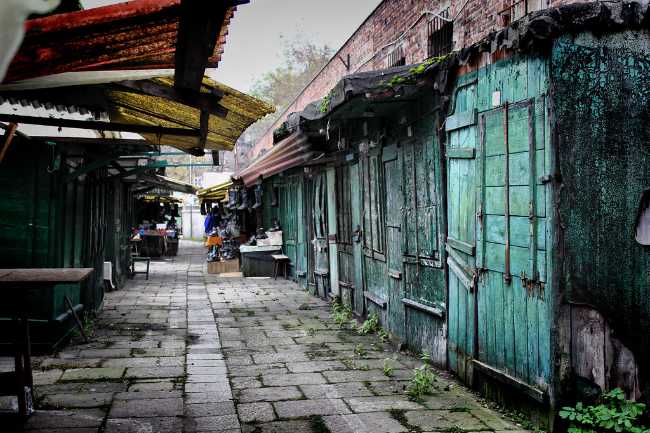
Bazar Różyckiego, nestled in Warsaw's Praga district, is a historic market that has been a vibrant part of the city's life since the late 19th century. Established in 1874 by Julian Różycki, a pharmacist and philanthropist, the market quickly became a central hub for commerce and culture in the area. Over the years, it has witnessed significant events, including partial destruction during the 1944 Warsaw Uprising and subsequent rebuilding efforts that preserved its unique character. The market's charm lies in its eclectic mix of offerings. Visitors can find a variety of goods, from fresh produce and meats to clothing, household items, and even vintage treasures. The atmosphere is lively, with vendors calling out their wares and a palpable sense of community among shoppers and sellers alike. This blend of sights, sounds, and smells provides an authentic glimpse into the daily life of Warsaw's residents. In recent years, Bazar Różyckiego has undergone efforts to revitalize and modernize its facilities while maintaining its traditional spirit. These changes aim to enhance the market's appeal to both locals and tourists, ensuring its place as a cherished landmark in Warsaw's cultural landscape. Whether you're seeking unique souvenirs, local delicacies, or simply wish to experience a piece of Warsaw's history, Bazar Różyckiego offers a memorable and enriching visit.
Warsaw PolandBazar Różyckiego is a historic and atmospheric market located in Warsaw's vibrant Praga-Północ district. You can find its main entrance around Targowa Street 54, 03-728 Warsaw, Poland, with other entrances also on Ząbkowska and Brzeska Streets, placing it at the heart of old Praga. While the market itself is the main attraction, known for its eclectic mix of goods and lively atmosphere, its surroundings are rich with historical and cultural points of interest. Immediately nearby is Ząbkowska Street, one of the oldest streets in Warsaw, famous for its surviving pre-war tenement houses, vibrant street art, and a growing number of bohemian cafes and bars. You can also find the Polish Vodka Museum within the renovated Koneser Square, an impressive revitalized industrial complex that was once a vodka factory. The stunning Metropolitan Cathedral of the Holy and Equal-to-the-Apostles Mary Magdalene, a beautiful Orthodox church, is also within walking distance. For those interested in the city's wartime history, the Warsaw Zoo is relatively close, and within its grounds, you can visit the Żabiński Villa, a place where Jews were hidden during WWII. The characterful streets of Praga, with their unique architecture and the Monument of the Praga Band, offer a distinctive experience away from the more manicured Old Town.
 POLIN Museum of the History of Polish Jews
Warsaw
POLIN Museum of the History of Polish Jews
Warsaw
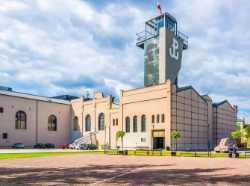 Warsaw Uprising Museum
Warsaw
Warsaw Uprising Museum
Warsaw
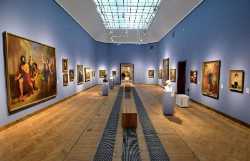 National Museum in Warsaw
Warsaw
National Museum in Warsaw
Warsaw
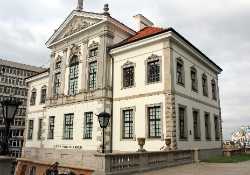 Fryderyk Chopin Museum
Warsaw
Fryderyk Chopin Museum
Warsaw
 Museum of Modern Art
Warsaw
Museum of Modern Art
Warsaw
 Neon Museum Warsaw
Warsaw
Neon Museum Warsaw
Warsaw
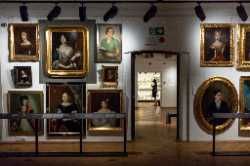 Museum of Warsaw
Warsaw
Museum of Warsaw
Warsaw
 Pawiak Prison Museum
Warsaw
Pawiak Prison Museum
Warsaw
 Royal Castle in Warsaw
Warsaw
Royal Castle in Warsaw
Warsaw
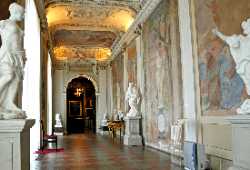 Wilanów Palace
Warsaw
Wilanów Palace
Warsaw
 Krasiński Palace
Warsaw
Krasiński Palace
Warsaw
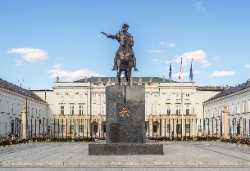 Presidential Palace Warsaw
Warsaw
Presidential Palace Warsaw
Warsaw
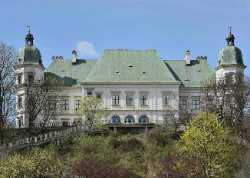 Ujazdów Castle
Warsaw
Ujazdów Castle
Warsaw
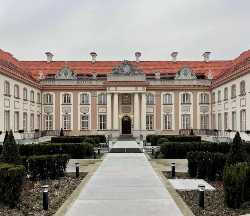 Branicki Palace
Warsaw
Branicki Palace
Warsaw
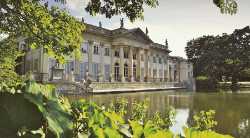 Łazienki Park
Warsaw
Łazienki Park
Warsaw
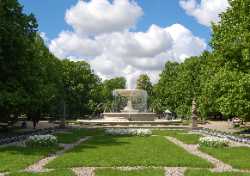 Saxon Garden
Warsaw
Saxon Garden
Warsaw
 Wilanów Park
Warsaw
Wilanów Park
Warsaw
 Mokotów Field
Warsaw
Mokotów Field
Warsaw
 Skaryszewski Park
Warsaw
Skaryszewski Park
Warsaw
 Botanical Garden of the University of Warsaw
Warsaw
Botanical Garden of the University of Warsaw
Warsaw
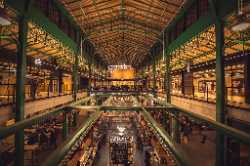 Hala Koszyki
Warsaw
Hala Koszyki
Warsaw
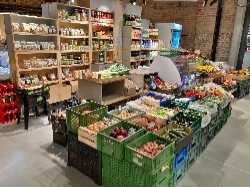 BioBazar
Warsaw
BioBazar
Warsaw
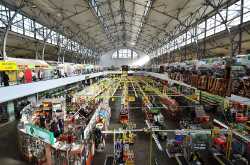 Hala Mirowska
Warsaw
Hala Mirowska
Warsaw
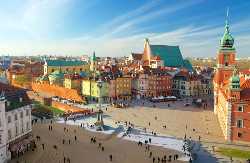 Castle Square
Warsaw
Castle Square
Warsaw
 Rynek Starego Miasta
Warsaw
Rynek Starego Miasta
Warsaw
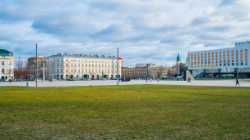 Piłsudski Square
Warsaw
Piłsudski Square
Warsaw
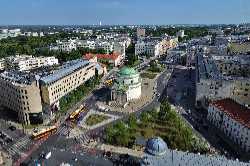 Three Crosses Square
Warsaw
Three Crosses Square
Warsaw
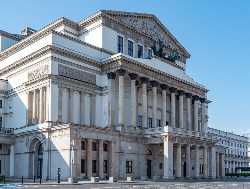 Grand Theatre
Warsaw
Grand Theatre
Warsaw
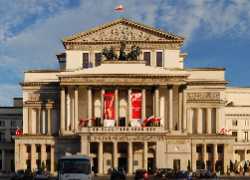 Warsaw National Theatre
Warsaw
Warsaw National Theatre
Warsaw
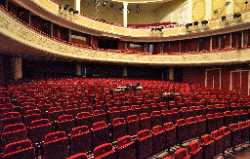 Teatr Polski
Warsaw
Teatr Polski
Warsaw
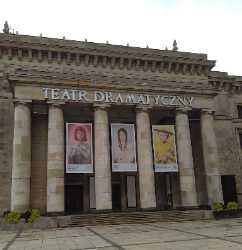 Dramatic Theatre
Warsaw
Dramatic Theatre
Warsaw
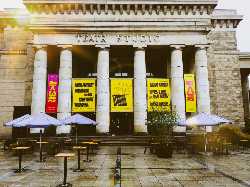 Studio Theatre
Warsaw
Studio Theatre
Warsaw
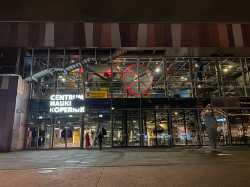 Copernicus Science Centre
Warsaw
Copernicus Science Centre
Warsaw
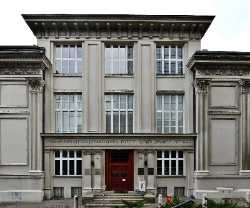 Jewish Historical Institute
Warsaw
Jewish Historical Institute
Warsaw
 Katyń Museum
Warsaw
Katyń Museum
Warsaw
 Museum of Life under Communism
Warsaw
Museum of Life under Communism
Warsaw
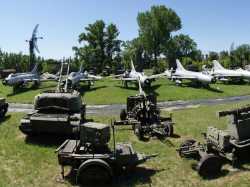 Polish Army Museum
Warsaw
Polish Army Museum
Warsaw
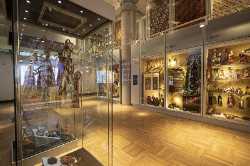 National Museum of Ethnography
Warsaw
National Museum of Ethnography
Warsaw
 Museum of Caricature
Warsaw
Museum of Caricature
Warsaw
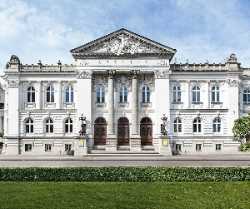 Zacheta
Warsaw
Zacheta
Warsaw
 Legia Warsaw Museum
Warsaw
Legia Warsaw Museum
Warsaw
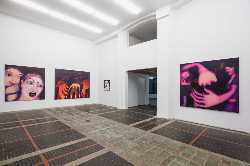 Raster Gallery
Warsaw
Raster Gallery
Warsaw
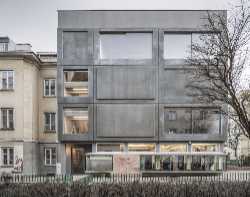 Foksal Gallery
Warsaw
Foksal Gallery
Warsaw
 LETO Gallery
Warsaw
LETO Gallery
Warsaw
 Polish Poster Gallery
Warsaw
Polish Poster Gallery
Warsaw
 lokal_30
Warsaw
lokal_30
Warsaw
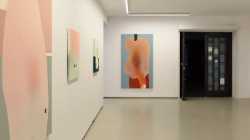 Monopol Gallery
Warsaw
Monopol Gallery
Warsaw
 Galeria Asymetria
Warsaw
Galeria Asymetria
Warsaw
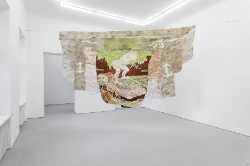 Wschód Gallery
Warsaw
Wschód Gallery
Warsaw
 Piktogram Gallery
Warsaw
Piktogram Gallery
Warsaw
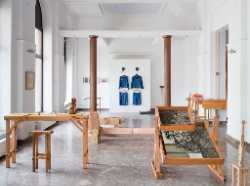 Polana Institute
Warsaw
Polana Institute
Warsaw
 Salon Akademii
Warsaw
Salon Akademii
Warsaw
 Galeria XX1
Warsaw
Galeria XX1
Warsaw
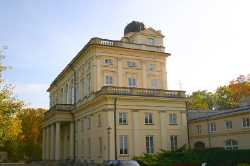 Warsaw University Observatory
Warsaw
Warsaw University Observatory
Warsaw